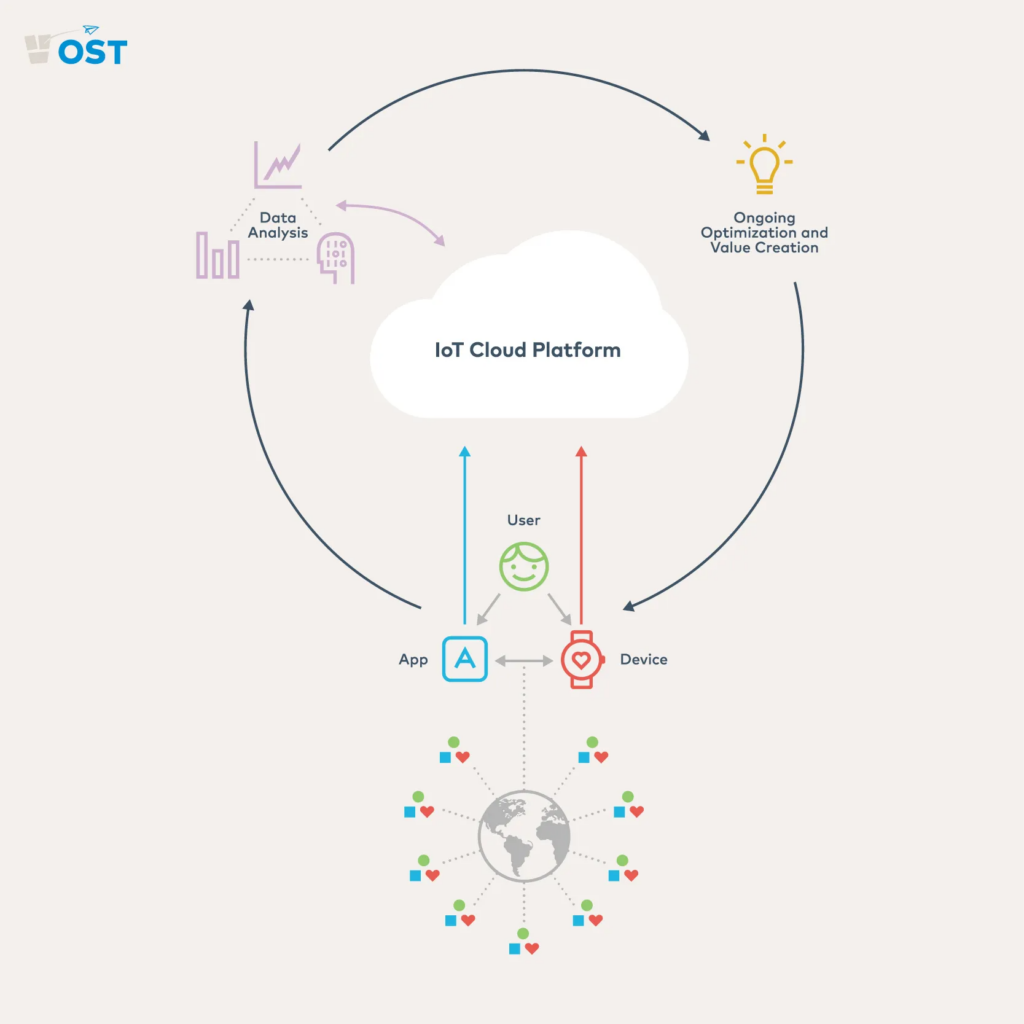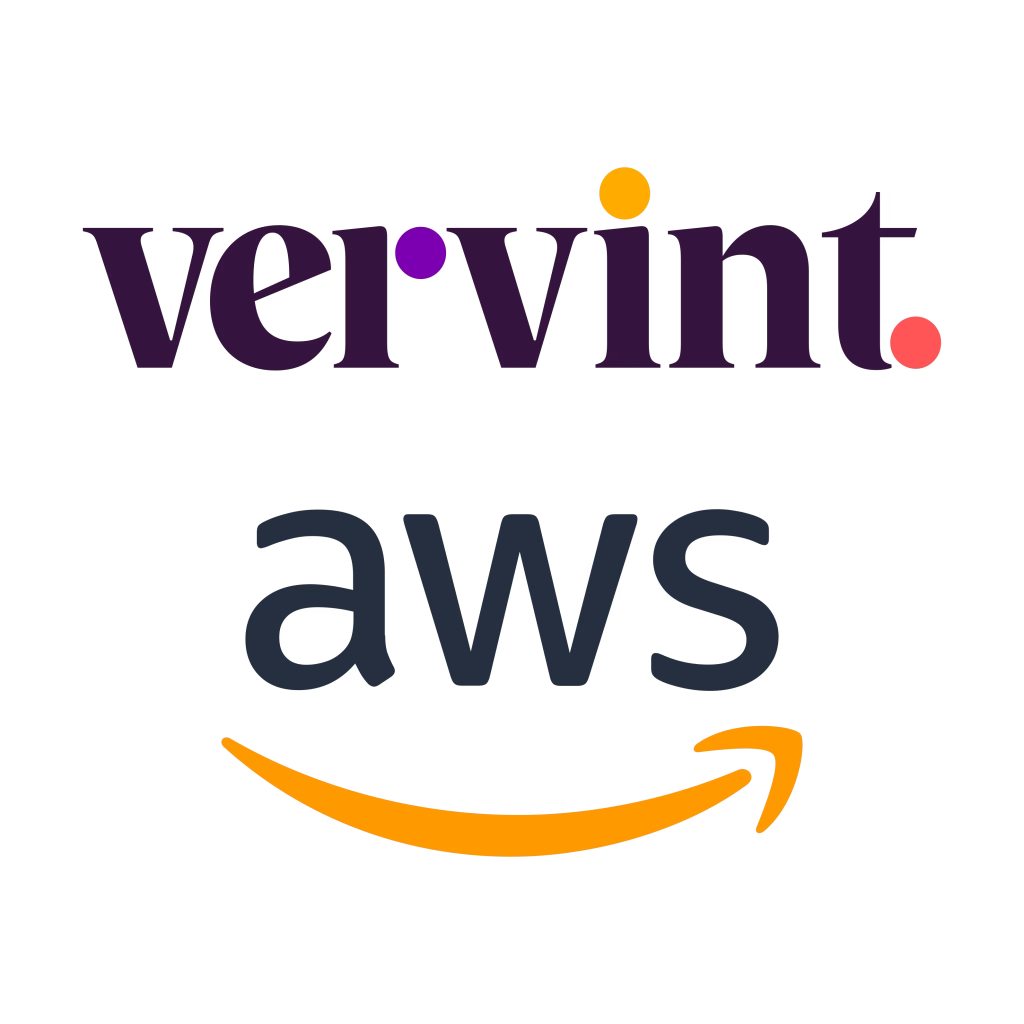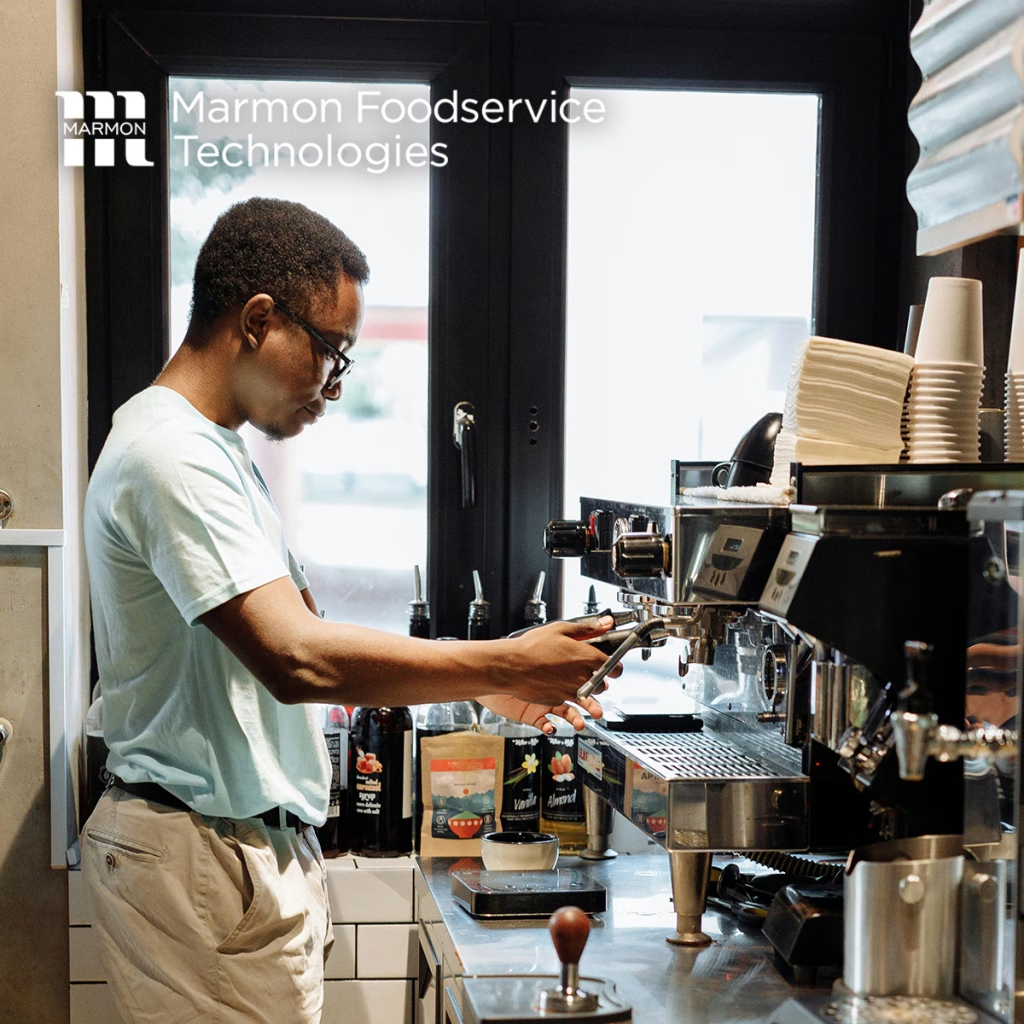When customers purchase smart products, they are almost always doing so to make their lives easier. People are looking for a simple, straightforward process starting at the point of purchase. But each connected device that customers buy is part of an increasingly complex ecosystem. To better understand the bigger picture and how to build successful IoT ecosystems, we talked to Vervint Connected Products and Data Analytics Architect Alex Tweedy.
Alex dug into how connected devices create a brand experience, why successful smart devices must be easy to use and why businesses need a scalable IoT platform. The fundamental idea underpinning these facets of IoT ecosystems is experience design. Experience design considers the unique needs of users throughout their entire journey with a product or service, and for a business to succeed, meeting consumers’ needs is essential.
Read on to learn more about designing a successful IoT ecosystem and how Vervint is well-positioned with our human-centered design practice to help your business innovate and deliver outstanding customer experiences.
What Is an IoT Ecosystem?
A company’s IoT ecosystem is made up of many components. Some of the most important ones include:
- A connected device that consumers interact with
- A means of communication between the user and the device, like a mobile app, physical interface, or web application
- An IoT cloud platform that enables communication, device updates, data collection, and other features
Many manufacturers struggle to successfully integrate these components in a way that provides value to both the business and consumers. That requires shifting from a product mindset to a platform mindset.

Although companies design IoT ecosystems for their products, consumers also build separate IoT ecosystems within their homes and businesses. In-home ecosystems include many smart products (often from many different manufacturers) that are designed to make the lives of their inhabitants easier or more enjoyable.
So, how do you design products and an IoT ecosystem for your company that differentiates itself from competitors that are sometimes sitting on the same shelf in a consumer’s home?
Consumers Experience Your Brand Through Connected Devices
Inside an average person’s home, there are countless connected devices. A smart speaker provides a weather and traffic report before they head out the door. A smart thermostat adjusts to their routine to save energy costs. A connected fridge keeps track of when groceries need to be replenished. But can these devices speak to one another? Is there an incentive for them to do so?
To understand how smart home devices fit into a larger ecosystem, Alex used a well-known example: smartphones. He compared two major brands, Apple and Android, to illustrate the different types of ecosystems each has.
“With Android, a core piece of software is made available. Third-party manufacturers can license it and create their own mini-ecosystems, but it’s part of this macro-ecosystem,” he said. “Things will look relatively the same, but there’s a lot of flexibility.”
He noted that he compared that to iOS, which has a tightly controlled ecosystem. Everything has to apply to Apple’s standards and it has to work.
Both approaches are about brand experiences and even brand protection. For Android, looser regulations mean more opportunities for consumers to mix and match the devices they want. For Apple, tighter regulations are meant to ensure a particular experience with devices within the ecosystem.
“These brands want consumers to understand that they are trying to improve experiences for everybody and expanding the product base by creating standards that other companies can follow to enter into the ecosystem. But at the same time, if they’ve developed something new that will be a differentiator for them, it doesn’t necessarily behoove them to make it open and highly accessible,” Tweedy said.
So, even though brands want to make it harder for competitors to replicate their innovation, they want consumers to adopt and use their products seamlessly. It’s difficult for businesses to find that balance, which can sometimes cause issues for consumers.
“As a consumer, I really want that easy button. I want to grab a device off the shelf and know it will work in my ecosystem. And staying in-brand is probably the way to ensure you get that fully-fledged experience.”
If customers continue to demand more opportunities to experiment, that could incentivize and drive companies to innovate and open their ecosystems further.
Consumers Want Smart Devices That Are Easy to Set Up and Use
For most consumers, the primary question they ask when purchasing new smart technology is, “How is this going to make my life easier?” And if the initial setup of a product or service is difficult, it doesn’t bode well for ease of use in the future.
“If I have to go through all kinds of steps to make it work and the experience isn’t seamless, I’m going to get a lot of questions or complaints from my family,” Alex explained. “What might that mean for my experience down the road?”

Optimize IoT with a User-Centric Data Analysis
Ultimately, consumers are investing time upfront to purchase into these ecosystems and set things up, and they expect to get a return on that investment.
“As a consumer, I’m investing mental capacity to set up a device now so it will make my life easier, and I won’t have to think about it later,” Alex said. “When that expectation gets out of kilter, people get frustrated.”
Alex emphasized that businesses must continue streamlining consumer experiences as they launch new devices and services. Designing with the user in mind from the start is critical to this process.
“If I unbox your device, which I most likely paid a premium for, and onboarding doesn’t work smoothly or I have to do factory resets and other troubleshooting, it makes me not want to buy that product again. And I may even consider leaving an entire ecosystem of products if my devices and experiences aren’t integrated.”
There are ways to make the process easier for customers. For example, customers in the Amazon Alexa ecosystem can save their Wi-Fi credentials to their accounts to streamline setup as they purchase more devices. Some devices can even arrive fully configured from the manufacturer, requiring little to no additional effort on the part of the consumer. If businesses want to see growth in device adoption, they must ensure that setup and use are easy. People don’t have patience for devices that are frustrating or don’t work.
When your company can do that consistently and keep users engaged over the product lifecycle, you will create significant customer lifetime value.

What Does Building a Successful Connected Product Look Like?
Your IoT Platform Needs to Be Effective, Scalable and Cost-effective to Support Consumer Experiences
In many cases, Vervint architects and consultants like Alex are engaging with businesses and teams that have a connected product, but they’re experiencing growing pains. Fleet sizes are going up, and cloud and platform costs are rising fast.
With a ballooning cloud platform budget invested in provisioning users, managing devices, collecting and processing data, messaging, and more, businesses have a significant opportunity to optimize or migrate their IoT platform to save on costs. With those savings, they can re-invest in designing better experiences, building new features that customers want, re-engaging with users who have abandoned their products, or any number of initiatives that will create new value.
Vervint: Your Partner for IoT Ecosystems and Design Thinking
If you want help with service design, connected products, IoT cloud platform cost optimization, or any other facet of the IoT ecosystem, contact Vervint today! We look forward to hearing from you.


